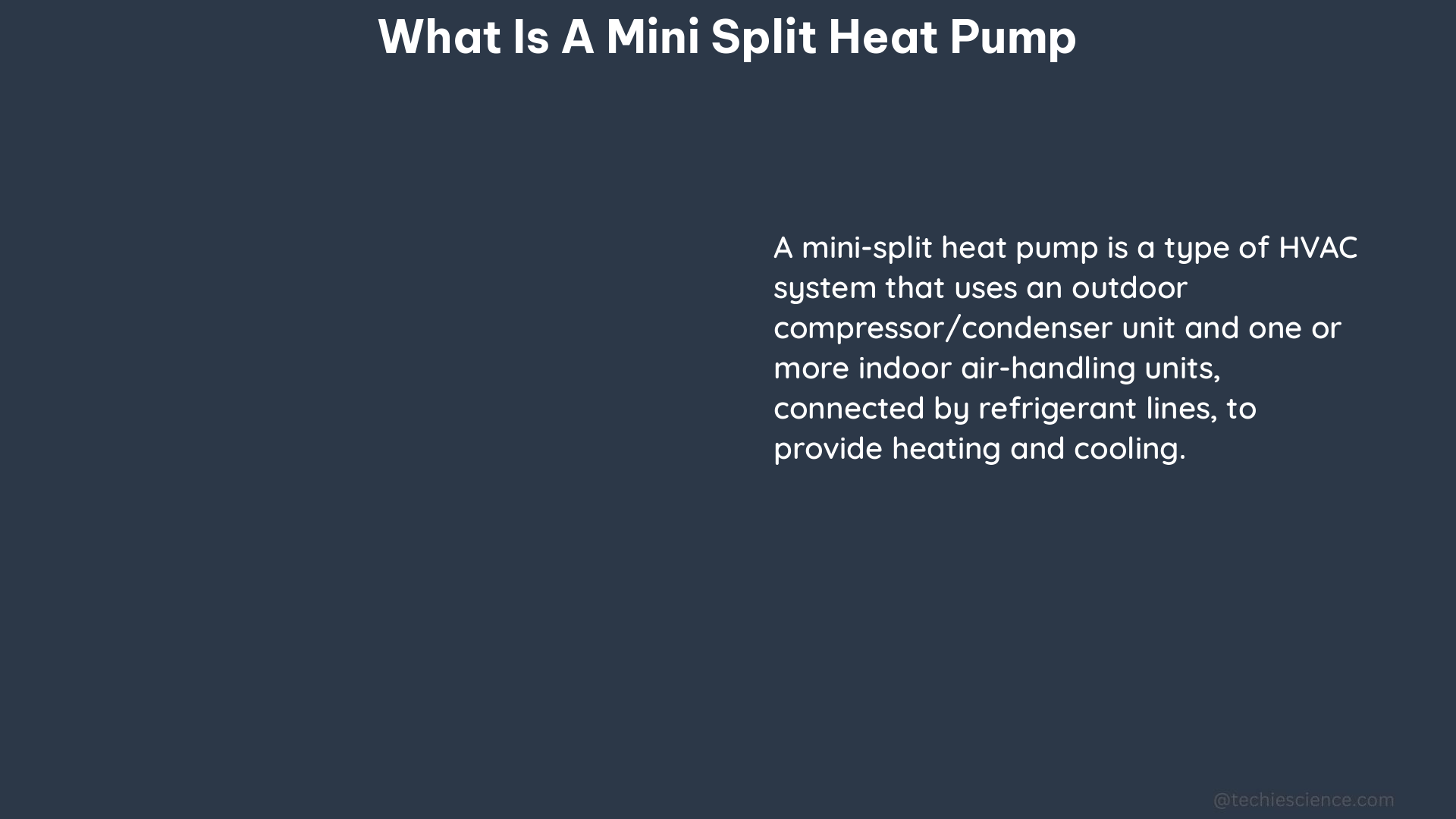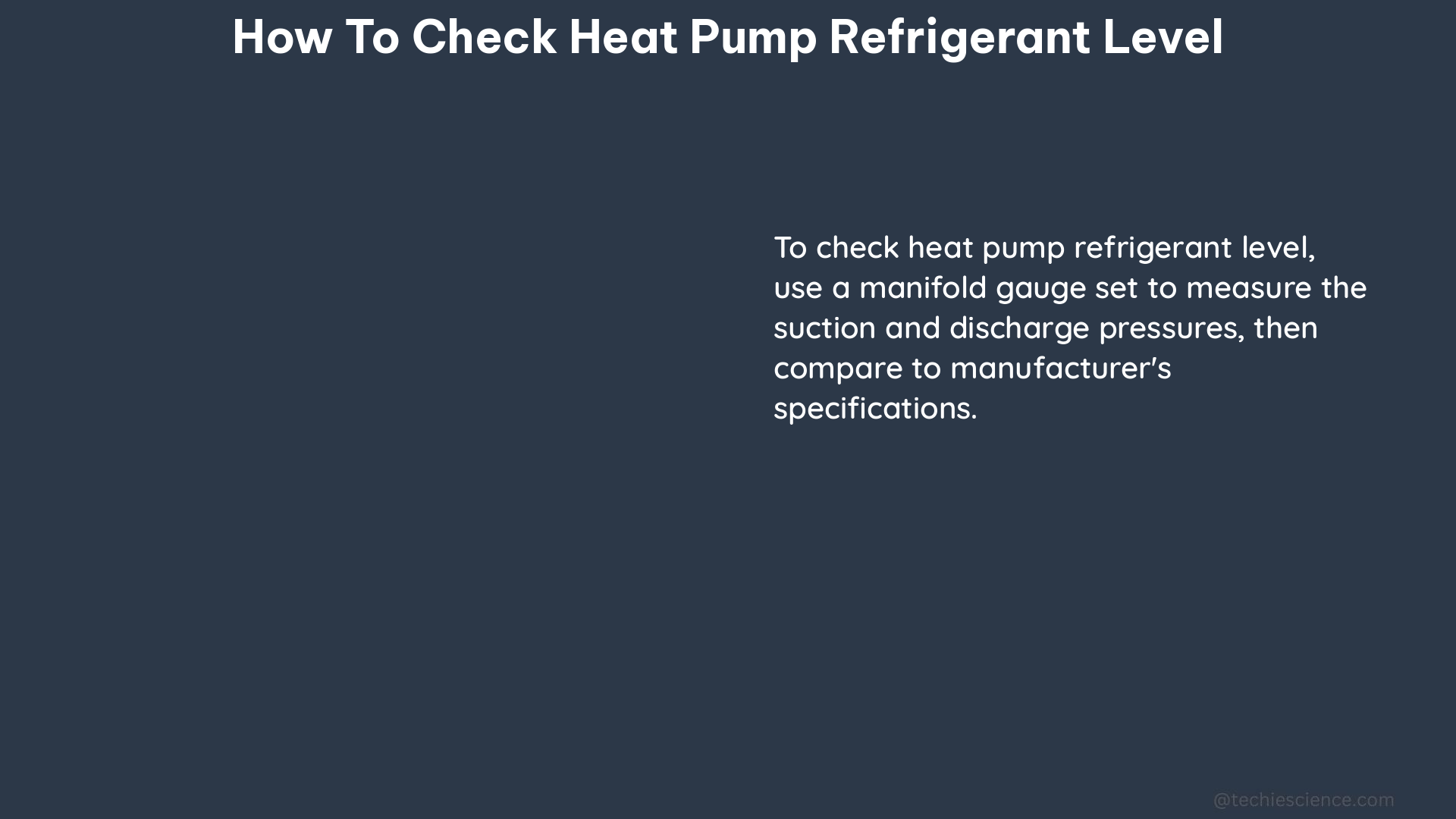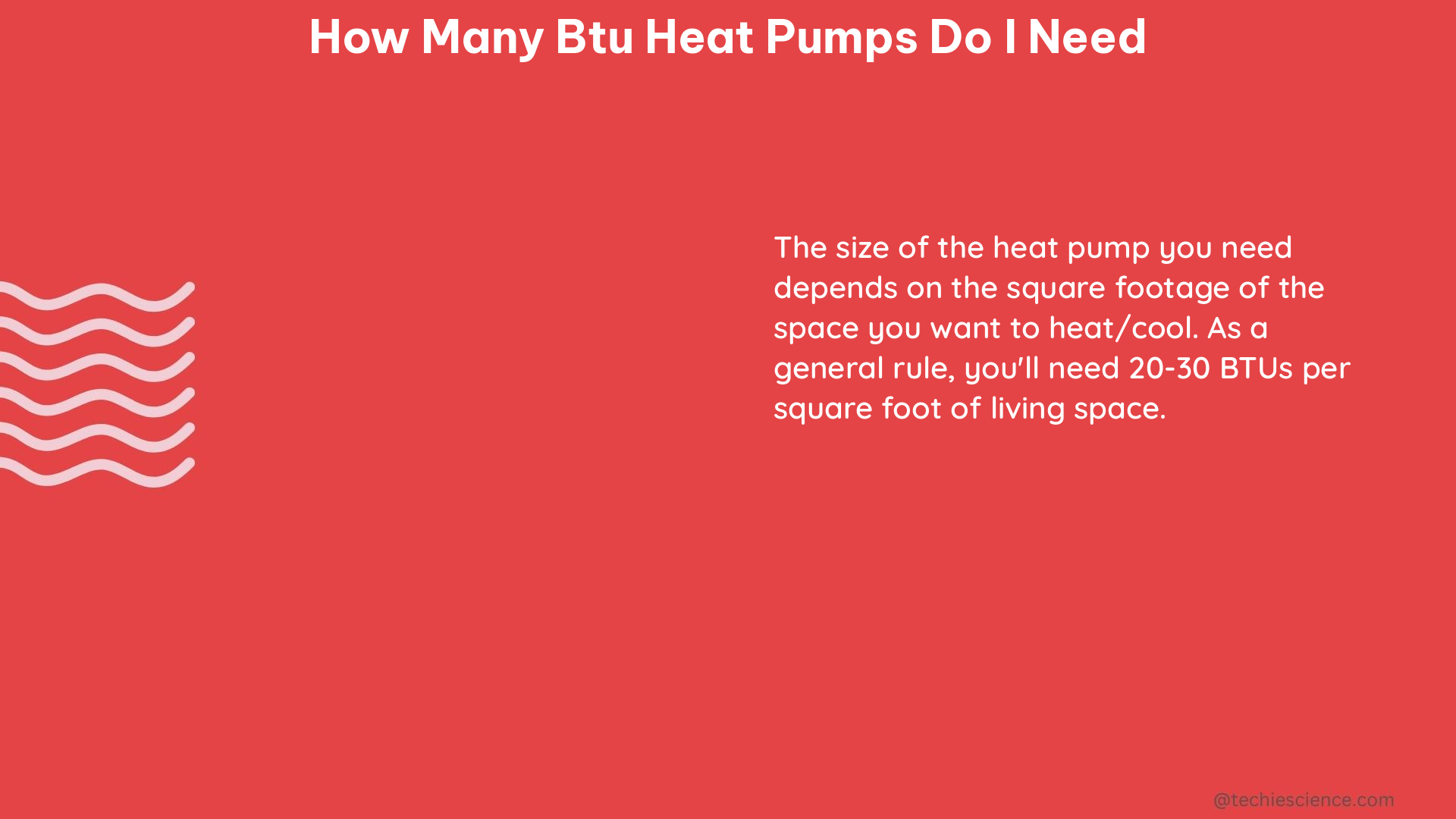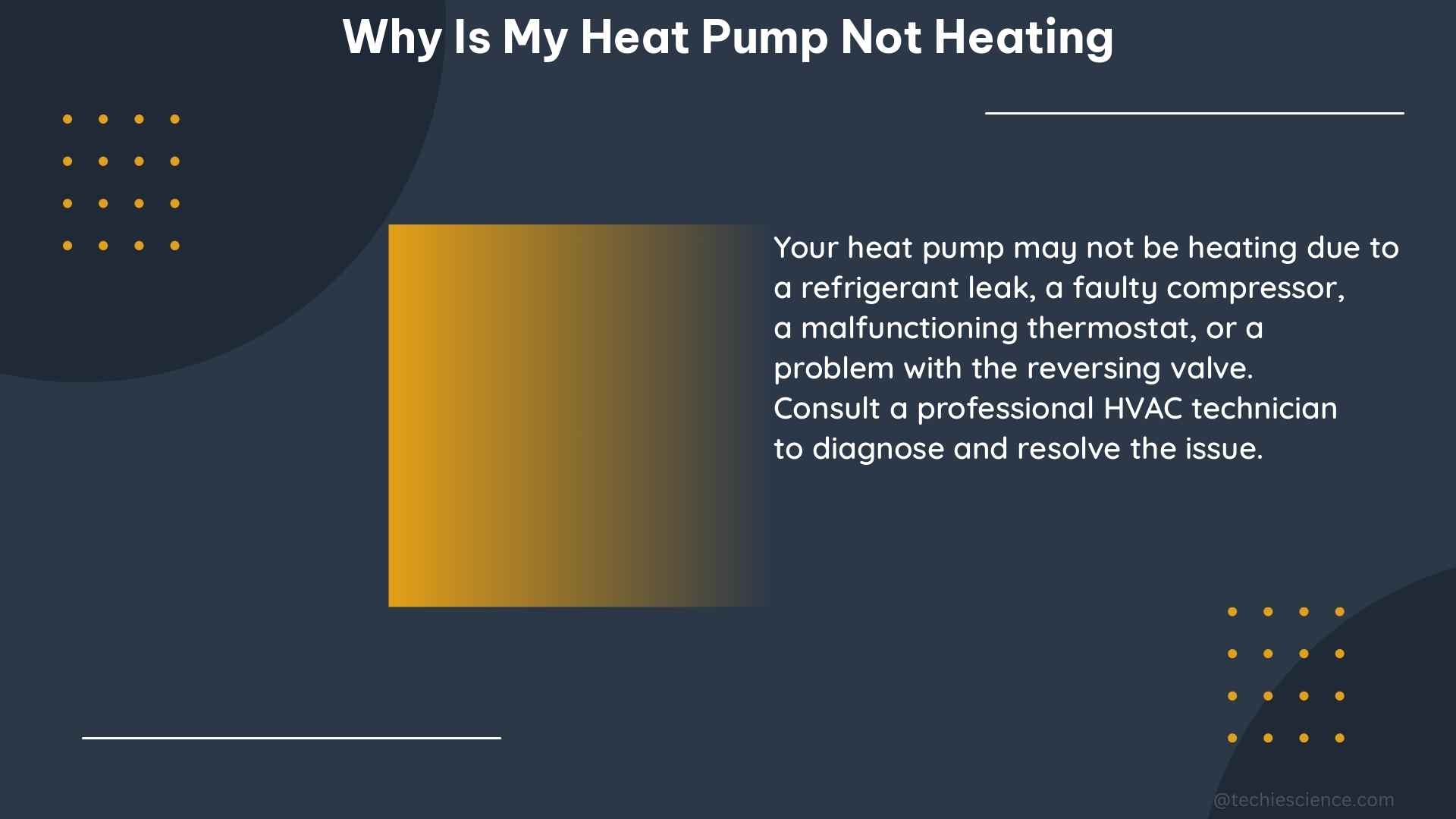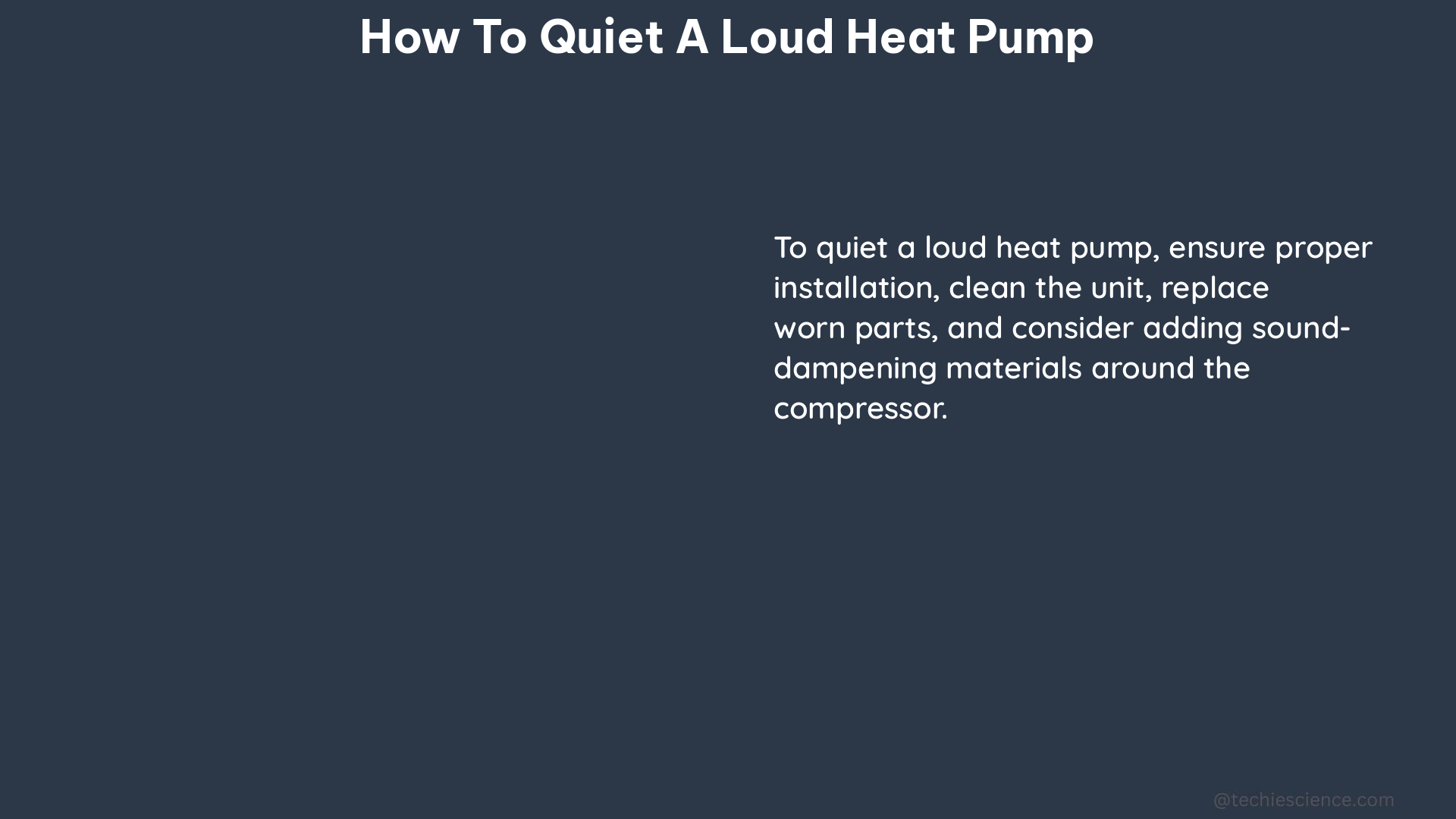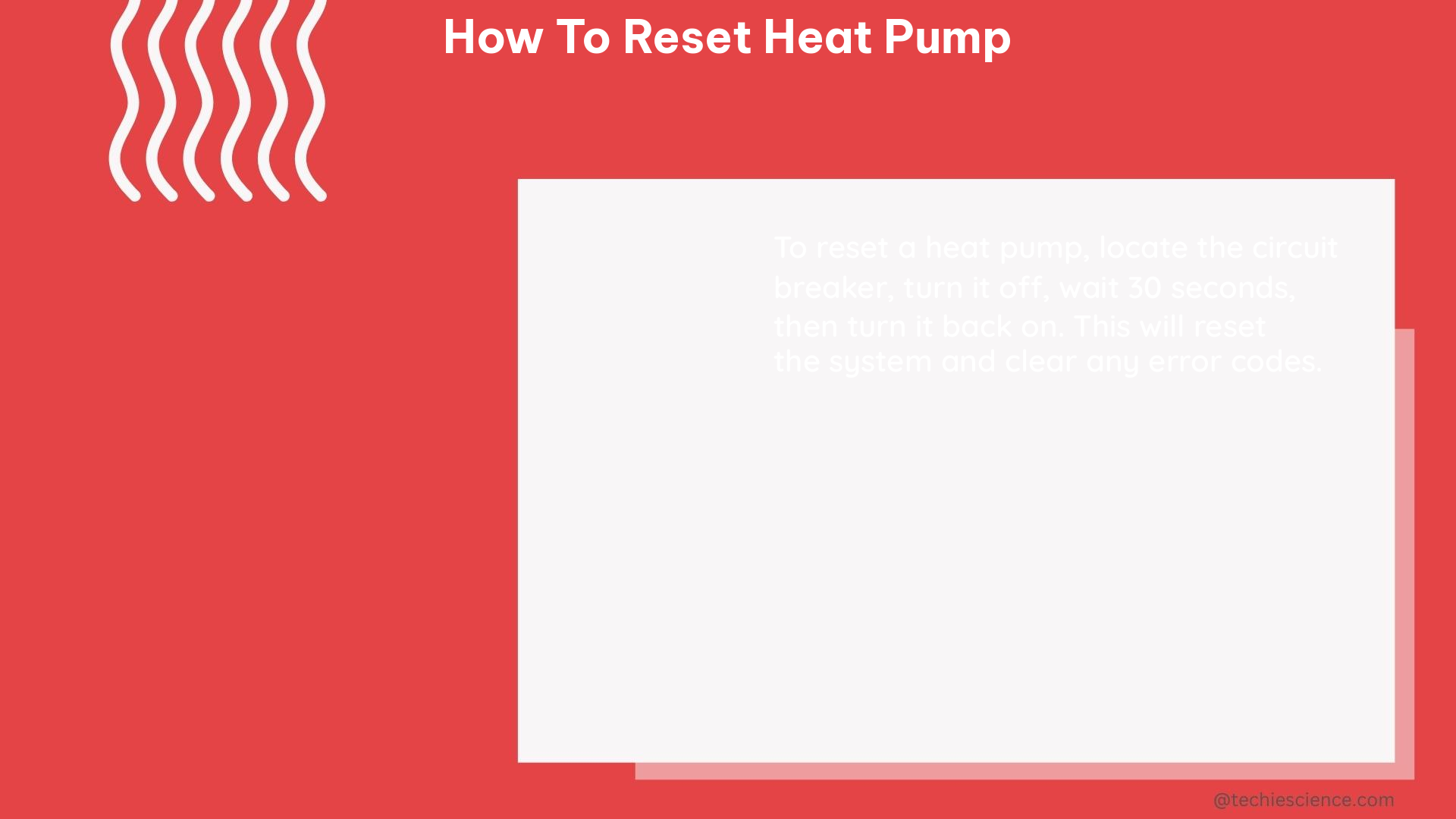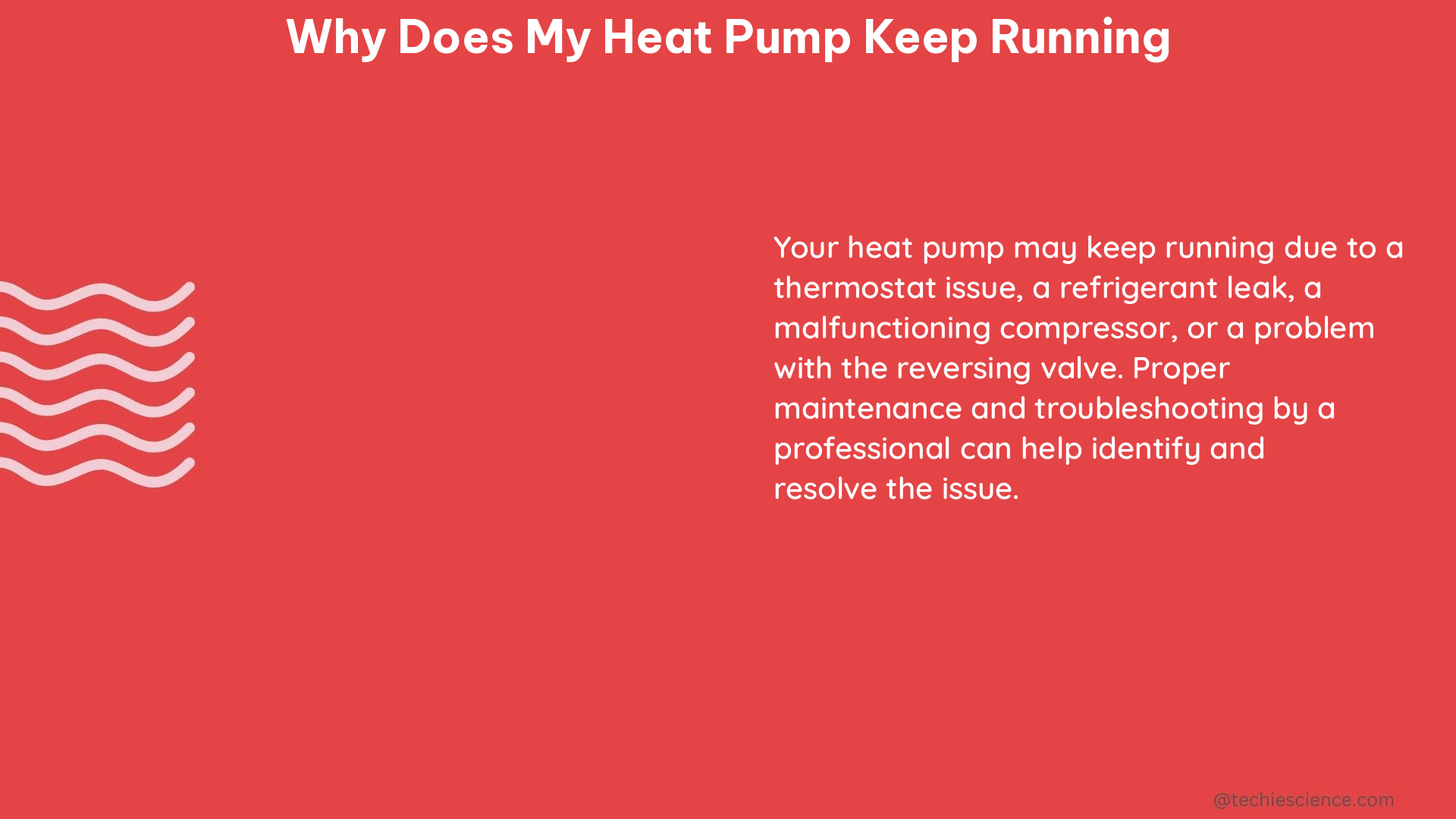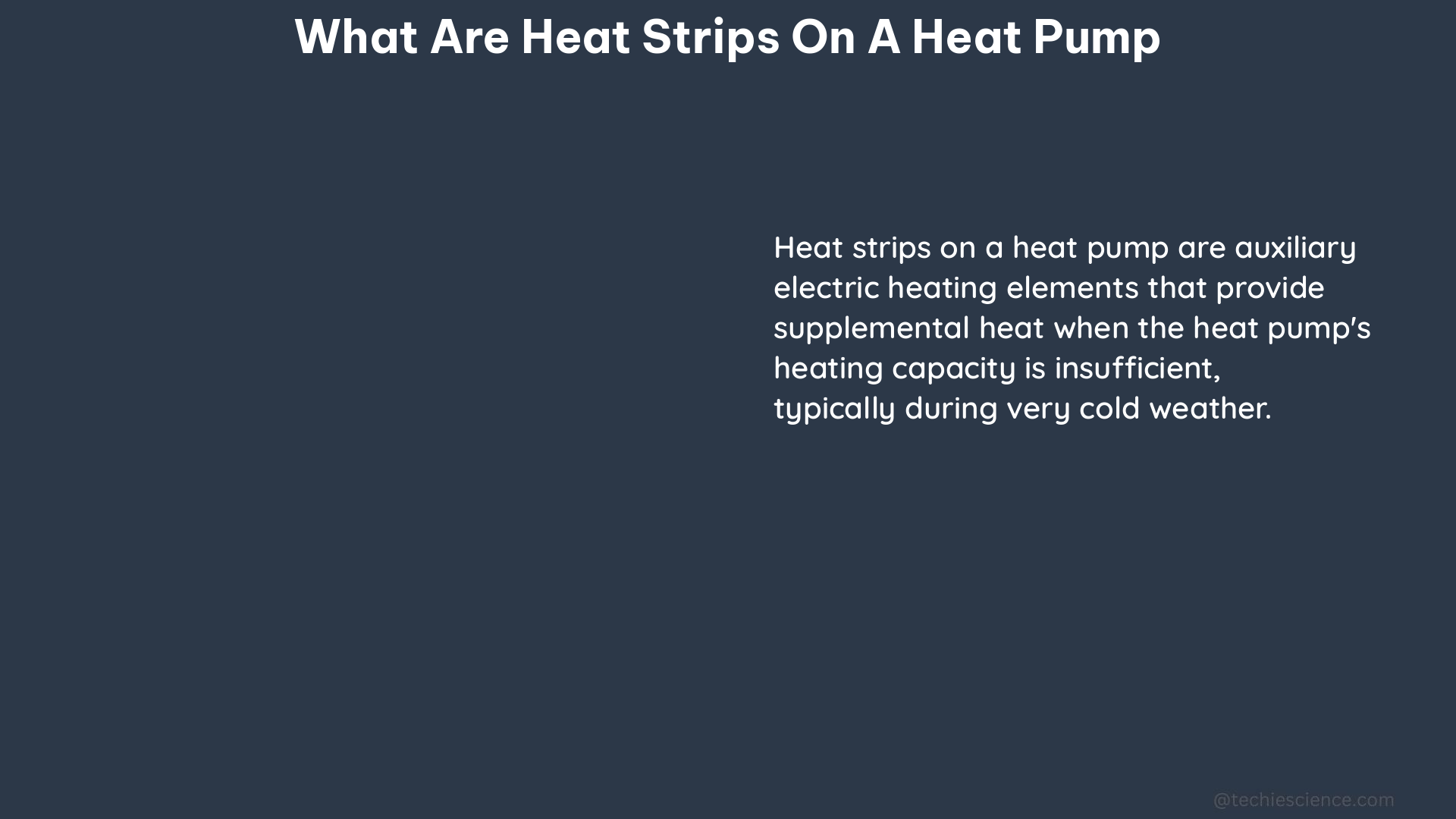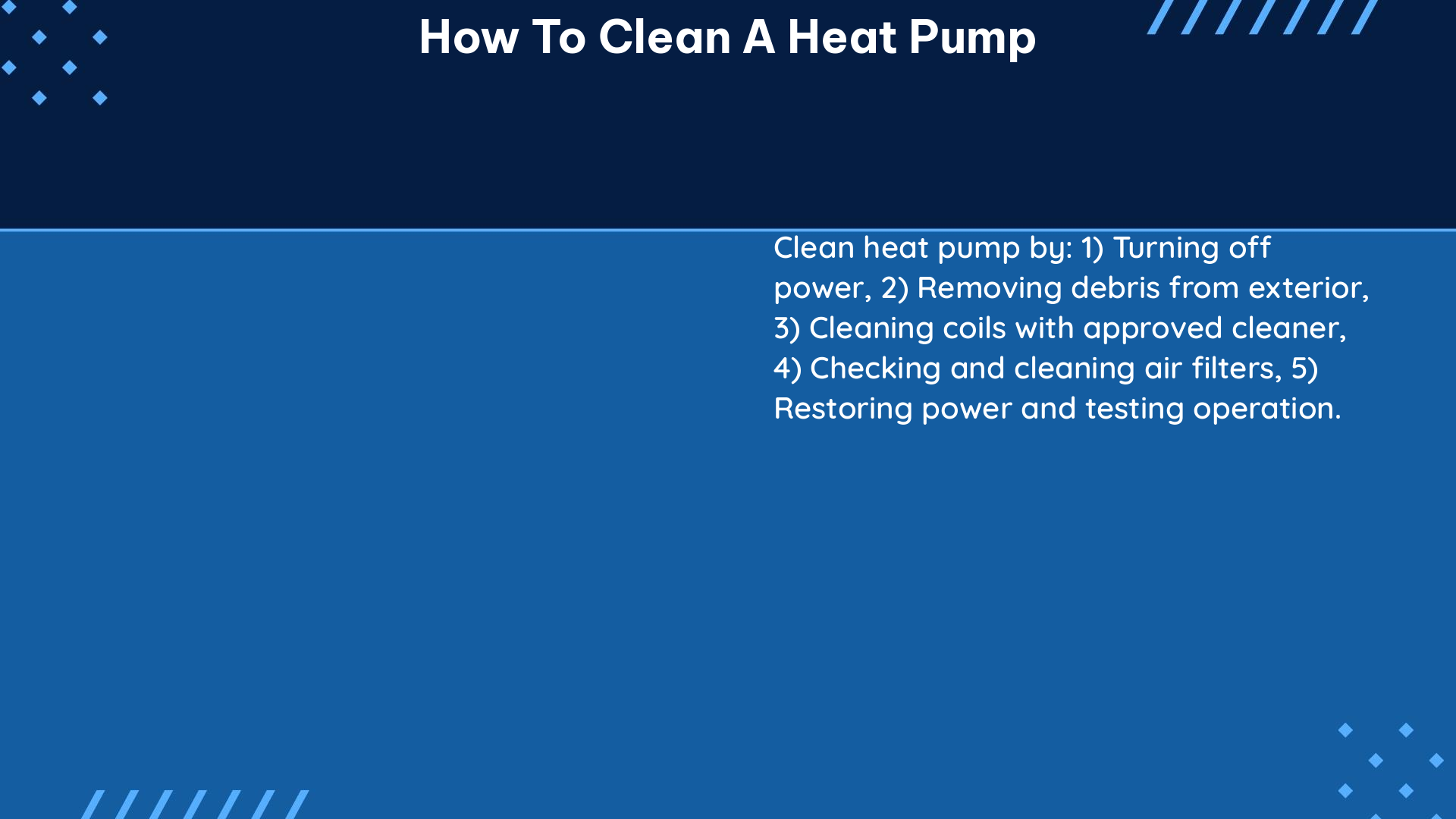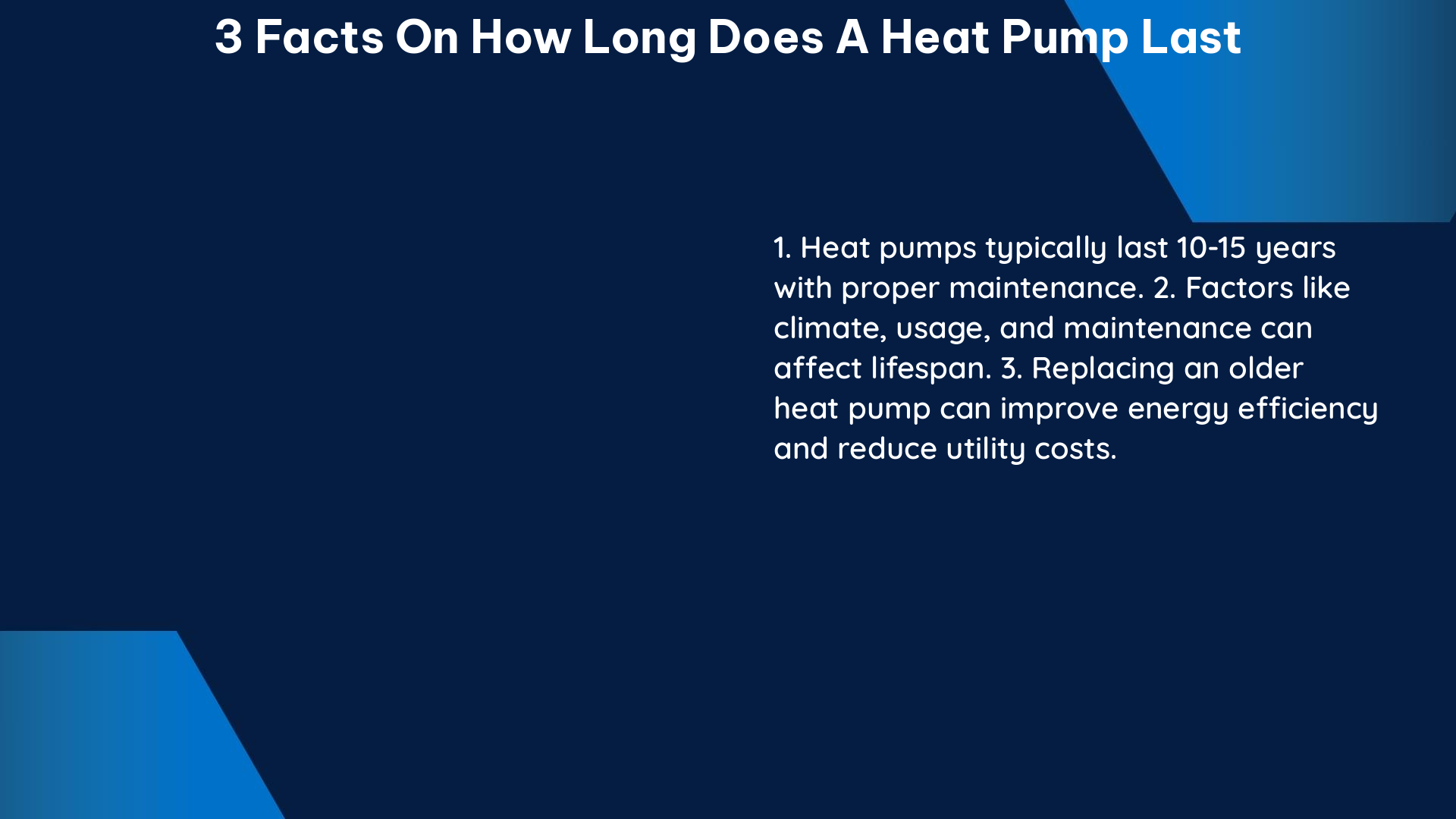A mini split heat pump is a highly efficient heating and cooling system that consists of an outdoor unit and one or more indoor units. Unlike traditional HVAC systems that rely on ductwork to distribute air, mini split heat pumps are ductless, making them a popular choice for homes and buildings that lack the space or infrastructure for extensive ductwork.
Understanding the Components of a Mini Split Heat Pump
A mini split heat pump system is composed of two main components:
-
Outdoor Unit (Compressor/Condenser): The outdoor unit, also known as the compressor or condenser, is responsible for the heat exchange process. It houses the compressor, condenser coil, and other essential components that facilitate the refrigeration cycle.
-
Indoor Unit(s): The indoor unit(s), typically mounted on walls or ceilings, are responsible for distributing the conditioned air throughout the space. These units contain the evaporator coil and a fan that circulates the air.
The outdoor and indoor units are connected by a refrigerant line set, which carries the refrigerant between the two components, allowing for the transfer of heat.
Key Specifications and Performance Metrics

When selecting a mini split heat pump, there are several important specifications and performance metrics to consider:
Seasonal Energy Efficiency Ratio (SEER)
The Seasonal Energy Efficiency Ratio (SEER) is a measure of the cooling efficiency of a heat pump. It is calculated by dividing the total cooling output during a typical cooling season by the total electric energy input during the same period. A higher SEER rating indicates a more energy-efficient system, with the minimum SEER rating for new installations in the United States being 14.
Heating Seasonal Performance Factor (HSPF)
The Heating Seasonal Performance Factor (HSPF) is a measure of the heating efficiency of a heat pump. It is calculated by dividing the total heating output during a typical heating season by the total electric energy input during the same period. The higher the HSPF, the more efficient the heat pump is at heating. The minimum HSPF rating for new installations in the United States is 8.2.
Capacity (BTUs or Tons)
The capacity of a mini split heat pump is typically measured in British Thermal Units (BTUs) or tons, with one ton equal to 12,000 BTUs. The capacity of the system should be matched to the heating and cooling needs of the space it will be installed in to ensure optimal performance and efficiency. Oversizing or undersizing the system can lead to suboptimal performance and increased energy consumption.
Refrigerant Type
Mini split heat pumps use refrigerants to facilitate the heat exchange process. The most common refrigerant used in modern mini split systems is R-410A, which is an environmentally friendly alternative to the previously used R-22 refrigerant.
Benefits of Mini Split Heat Pumps
Mini split heat pumps offer several advantages over traditional HVAC systems:
-
Ductless Design: The ductless nature of mini split systems eliminates the need for extensive ductwork, making them a great choice for homes or buildings that lack the space or infrastructure for traditional ducted systems.
-
Zoned Heating and Cooling: Mini split systems allow for individual temperature control in different zones or rooms, enabling homeowners to heat or cool only the areas that are in use, improving energy efficiency.
-
High Efficiency: Mini split heat pumps are highly efficient, with SEER and HSPF ratings that often exceed the minimum requirements, leading to lower energy bills and a smaller environmental impact.
-
Flexible Installation: The compact outdoor unit and wall-mounted or ceiling-mounted indoor units of mini split systems make them relatively easy to install, even in tight spaces or retrofit applications.
-
Quiet Operation: Mini split heat pumps are generally quieter than traditional HVAC systems, with the outdoor unit producing minimal noise and the indoor units operating at low sound levels.
-
Improved Indoor Air Quality: Many mini split systems come equipped with advanced air filtration systems that can improve indoor air quality by removing pollutants, allergens, and other airborne contaminants.
Factors to Consider When Choosing a Mini Split Heat Pump
When selecting a mini split heat pump system, there are several factors to consider:
-
Climate and Heating/Cooling Needs: Evaluate the climate and the specific heating and cooling requirements of the space to ensure the selected system has the appropriate capacity and efficiency ratings.
-
Number of Zones: Determine the number of zones or rooms that need to be conditioned independently, as this will dictate the number of indoor units required.
-
Available Space: Consider the available space for the outdoor unit and the placement of the indoor units, ensuring they can be installed without obstructions or interference.
-
Electrical Requirements: Ensure that the electrical infrastructure in the building can support the power requirements of the mini split heat pump system.
-
Installation Complexity: Assess the complexity of the installation, as some mini split systems may require more specialized expertise than others.
-
Maintenance and Servicing: Understand the maintenance requirements and the availability of local service providers for the specific mini split heat pump model being considered.
Conclusion
Mini split heat pumps offer a highly efficient and flexible heating and cooling solution for a wide range of residential and commercial applications. By understanding the key components, specifications, and benefits of these systems, you can make an informed decision when selecting and installing a mini split heat pump that best meets your needs.
